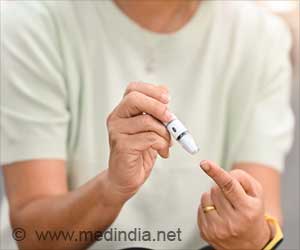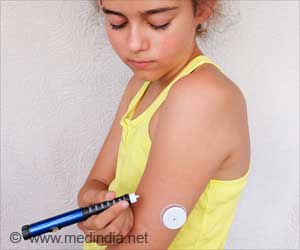New research will assess biological and social risk factors for developing type 2 diabetes in children & adolescents from historically marginalized populations.

‘Social factors such as food and housing insecurity may be contributing to the high incidence rates of type 2 diabetes among children apart from childhood obesity.’





T2D can be successfully managed, and sometimes even reversed, with diet and lifestyle modifications. But socioeconomic challenges, such as lack of access to healthy food and unsafe environments, can hamper an individual’s ability to prevent or manage the condition.(T2D) is surging among U.S. children. The number of youths under age 20 living with the disease has nearly doubled between 2001 and 2017, and yet—aside from increases in childhood obesity—the reasons for this disturbing increase are not clear. This new study will help us to identify factors besides obesity.
Understanding Social Factors that Contribute to Type 2 Diabetes in Children
The study will enroll 3,000 children from a variety of racial and ethnic minority populations at 15 clinical sites across the country to better understand what factors impact the development of the condition. At CHAM and Einstein, 250 children between 9 and 14 years old who are overweight or obese will be enrolled.The Montefiore Einstein investigators were selected in part due to their history of research with Hispanic and Latino populations, but also because the Bronx is one of the most racially and ethnically diverse counties in the country, where children have high rates of obesity-related metabolic disorders and face social and economic adversity that contributes to health inequity.
The researchers will meet the children annually over four years to assess their blood-sugar levels and monitor their overall health. The data collected at the 15 clinical sites will be analyzed to look specifically for factors that may spur prediabetes to progress to T2D in adolescents going through puberty—a particularly challenging time for regulating blood sugar.
Ideally, the aggregated data will reveal previously unrecognized factors that contribute to risk for youth-onset T2D and will help clinicians recognize children at greatest risk for developing the disease.
Advertisement
The goal is to help create evidence-based guidance for pediatricians, so the children at greatest risk can receive the medical and social support that may keep them from developing the disease.
Advertisement
Source-Eurekalert















